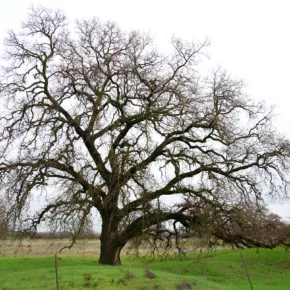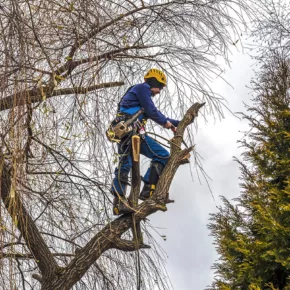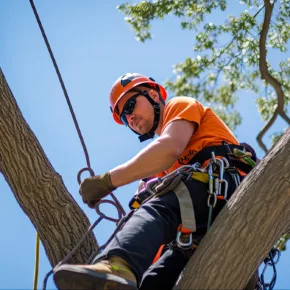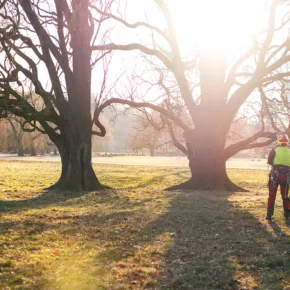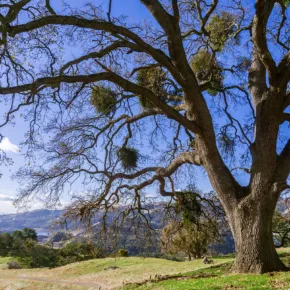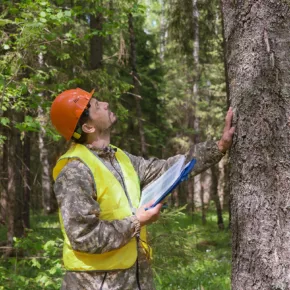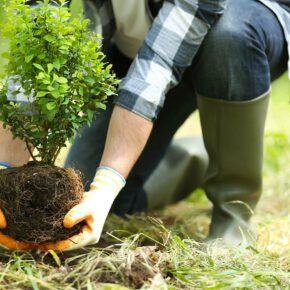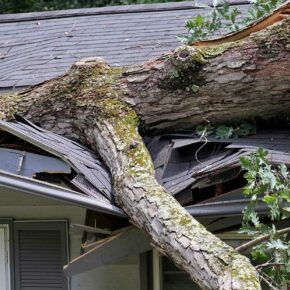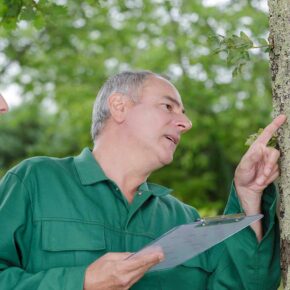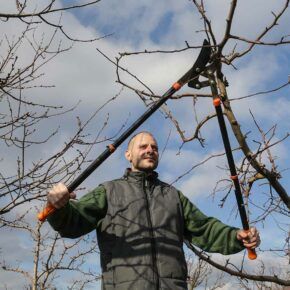This article explains when and why trees go dormant in Sonoma County, and provides some tips to help you care for your trees during this time.
As the seasons change, so should your tree care. Read on for expert advice about preparing your trees for winter in Sonoma County.
This blog post explains everything you need to know about tree cabling and bracing to help protect your property from storm damage.
In this guide, we’ll walk you through ways to reduce fire fuels on your property to help keep your home and land safe from the destructive effects of wildfires.
In this guide, we will provide tips for identifying common parasitic plants so you can have them removed from your trees for good.
This article covers common signs that it’s time to schedule a tree risk assessment (TRA) to ensure the health and safety of your trees.
Trees provide so much beauty and benefit to our lives. Planting a tree in your yard is an investment in its future. In this article, we’ll outline the nine easy steps for proper tree planting, so your tree will have the best start possible.
One crucial aspect of tree care is pruning. Professional arborists use CODIT (Compartmentalization of Decay in Trees) pruning techniques to improve tree structure and stability. In this blog post, we will explore the benefits of CODIT tree pruning, how it works, and why it is essential for maintaining healthy and stable trees.
Hear what Vintage Tree Care’s Fred Frey’s comments on tree risk to KCBS’s Mike DeWalt, reporting from San Francisco’s Golden Gate Park, where a recent winter storm downed eight mature trees.
Without obvious signs of infestations, disease, or decay, a tree on your property may have less obvious signs of failure that only an expert can detect. To maintain the health and safety of the trees on your property, a routine tree risk assessment by a certified arborist is incredibly important.
Tree pruning in winter, while the trees are dormant, can be a very important tree care practice, depending on your objectives. Learn how, when, and why to prune your trees.

